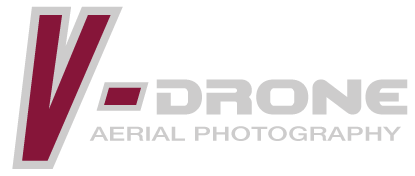
01 Oct Drones and Agriculture
Practical applications for drones are expanding faster than ever in a variety of industries, thanks to robust investments and the relaxing of some regulations governing their use. Companies are now creating new business and operating models for UAVs.
The most promising new area is agriculture, where drones offer the potential for addressing several major challenges. The world’s population is projected to reach 9 billion people by 2050. Experts expect agricultural consumption to increase by nearly 70 percent over the same time period.
Unfortunately, extreme weather events are also on the rise and this has created obstacles to productivity. Drones are part of the solution by being a revolutionary strategy for producing food, increasing productivity, and making sustainability a priority.
Here are six possibilities of agricultural drones:
- Soil and field analysis
Drones can produce 3-D maps for early soil analysis, useful in planning seed planting patterns. After planting, drone-driven soil analysis provides data for irrigation and nitrogen-level management.
- Planting
Drones can increase planting while also decreasing planting costs by 85 percent by shooting pods with seeds and plant nutrients into the soil.
- Crop Spraying
Drones can actually scan the ground and spray the correct amount of liquid, modulating distance from the ground and spraying in real time for even coverage.
- Crop monitoring
Monitoring challenges are exacerbated by increasingly unpredictable weather conditions. With drones, can show the precise development of a crop and reveal production inefficiencies, enabling better crop management.
- Irrigation
Drones can be equipped with sensors that can identify which parts of a field are dry or need improvements. When the crop starts growing, drones allow the calculation of the vegetation index.
- Health assessment
By scanning a crop using both visible and near-infrared light, drone-carried devices can identify which plants reflect different amounts of green light and NIR light. This can help identify if the crops are sick or not and farmers will be able to treat their crops. If the crops are past the point of being helped, farmers can document losses more efficiently for insurance claims.
It’s no secret to us that drones are useful. That’s what we are all about here at V-Drone. Learn more about services here.

No Comments